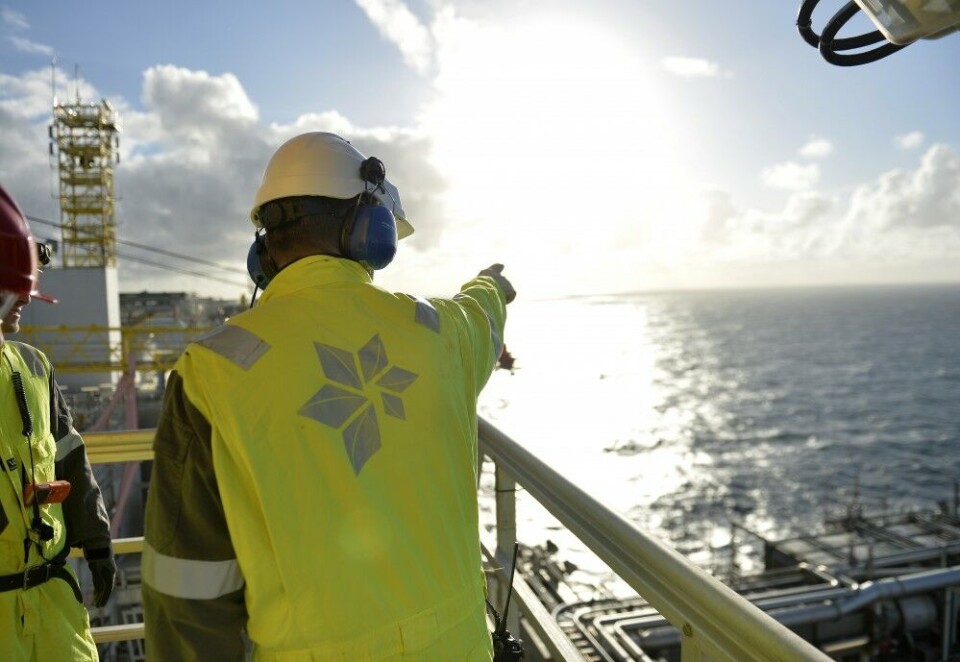
Statoil found small gas discovery in Barents Sea
The hope was to find additional oil resources, but the like with the drilling in late July, the findings were more gas.
p.p1 {margin: 0.0px 0.0px 0.0px 0.0px; font: 11.0px Helvetica; color: #000000; -webkit-text-stroke: #000000}p.p2 {margin: 0.0px 0.0px 0.0px 0.0px; font: 11.0px Helvetica; color: #000000; -webkit-text-stroke: #000000; min-height: 13.0px}span.s1 {font-kerning: none}
The gas finding was made at the Gemini North well, northeast of the Wisting discovery. The well was drilled some 200 kilometers southeast of Bjørnøya in the Barents Sea. That is about 275 kilometers north of North Cape on mainland Norway.
«The well was drilled with the ambition of proving up additional oil resources in the vicinity of the Wisting discovery, but like the previous Blåmann well, we discovered gas,» says Jez Averty, senior vice president for exploration in Norway and the UK in a press release. «While this well proved a non-commercial gas discovery, the results provide grounds for cautious optimism for additional potential both within this license and the Hoop Area,» Averty tells.
Norway’s Petroleum Directorate calls the finding «minor gas discovery and oil discovery» - pointing to a gas column of 19 meters and a oil column of about five meters. Preliminary estimations of the size of the discovery is between 0,4 and 1 billion standard cubic meters of recoverable gas, and between 0,1 and 0,3 million standard cubic meters of recoverable oil.
That is, according to the directorate, «not profitable as of today.»
This is the third minor discovery made by Statoil in the Barents Sea this season. Drillings at other areas further east continues as Statoil now moves the rig «Songa Enabler» to the Korpfjell prospect. Korpfjell will be the northernmost drilling in the Barents Sea this year. The area is close to Norway’s maritime border with Russia.
















